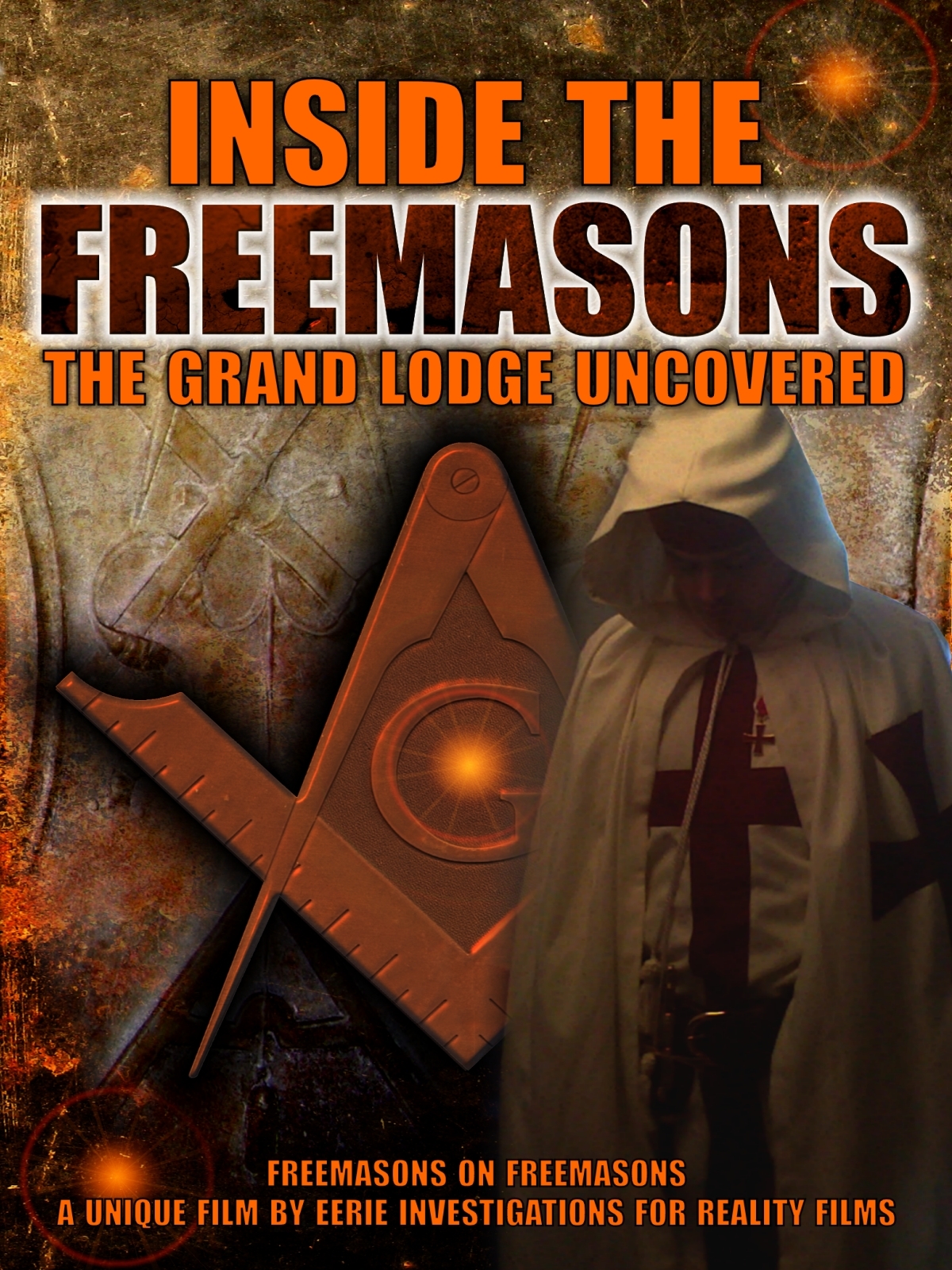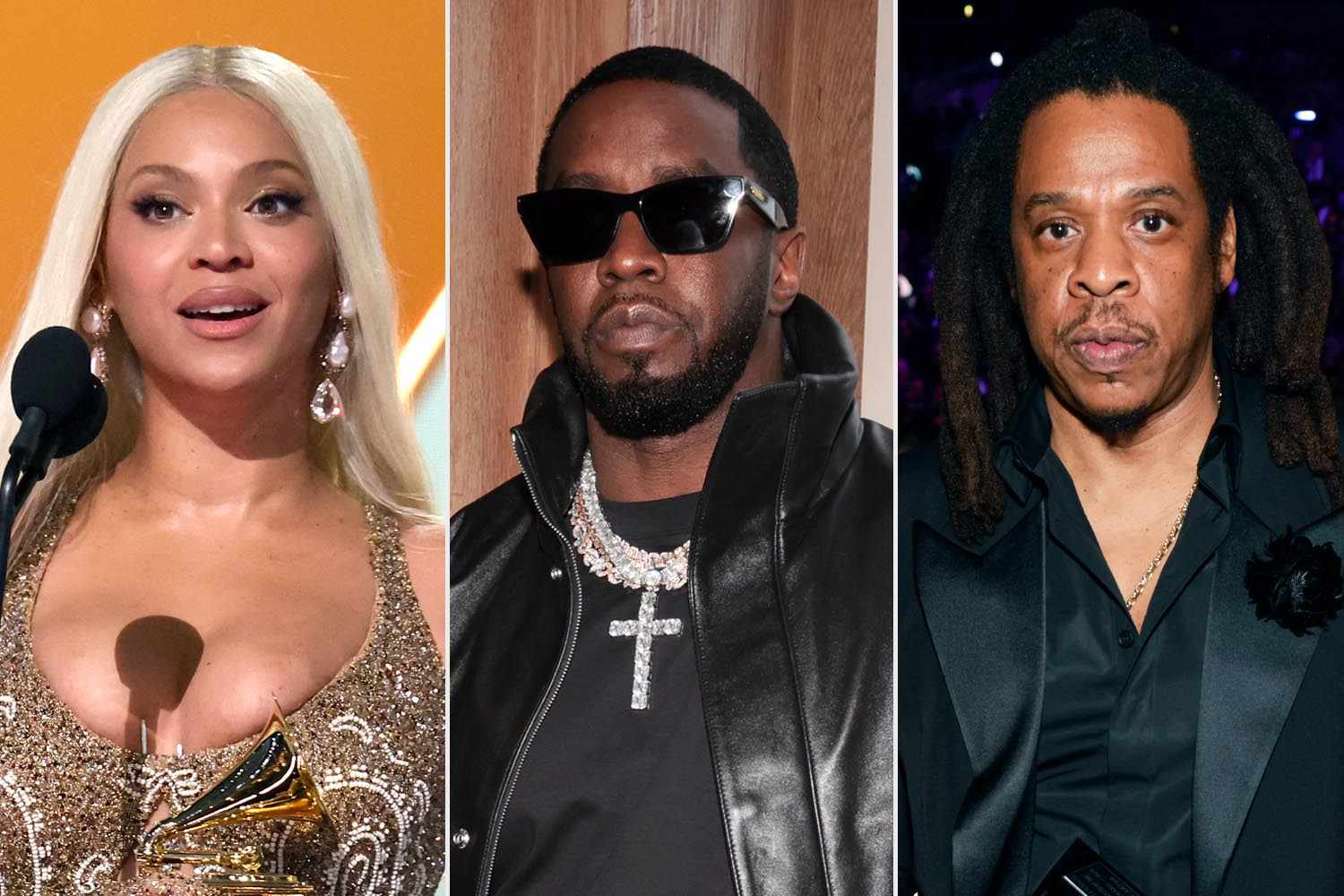The Freemasons: History, Beliefs, and Influence
Introduction
The Freemasons, or Freemasonry, is one of the world’s oldest and most enduring fraternal organizations. Known for its secretive rituals, symbolic imagery, and global network of lodges, Freemasonry has long fascinated both scholars and the general public. Its origins stretch back centuries, rooted in the guilds of medieval stonemasons, yet its influence continues into the modern era as a society devoted to moral development, charity, and personal enlightenment.
Historical Origins
Freemasonry traces its symbolic heritage to the medieval stonemason guilds of Europe, particularly in Scotland and England. These guilds regulated the building trades, maintained professional standards, and preserved esoteric knowledge related to architecture and geometry.
By the late 16th and early 17th centuries, these operative guilds began admitting “speculative masons”—men who were not builders by trade but were drawn to the moral and philosophical teachings of the craft.
In 1717, four London lodges united to form the Grand Lodge of England, marking the formal beginning of modern Freemasonry. The organization soon spread across Europe, the American colonies, and beyond, evolving into a network of lodges sharing similar values and rituals.
Beliefs and Principles
Contrary to popular myths, Freemasonry is not a religion, though it requires belief in a Supreme Being—often called the “Great Architect of the Universe.” Freemasonry promotes a code of moral conduct and the pursuit of truth through allegory and symbolism. Its core principles are often summarized as:
- Brotherly Love – treating all people with kindness and respect
- Relief – charitable work and helping those in need
- Truth – striving for integrity and self-improvement
Freemasonry emphasizes ethical living, education, and the improvement of humanity. Members are encouraged to engage in charitable causes and to cultivate wisdom through study and reflection.
Symbols and Rituals
Freemasonry is famous for its use of symbolism drawn from architecture and geometry. The most recognized emblem—the Square and Compasses—represents morality (the square) and the boundaries of human behavior (the compasses). Other common symbols include:
- The Letter “G”, representing both God and Geometry
- The All-Seeing Eye, symbolizing divine watchfulness
- The Apron, a badge of honor and labor
- The Temple of Solomon, an allegory for moral and spiritual construction
Masonic rituals, which vary by jurisdiction, use drama and allegory to impart ethical lessons. These ceremonies mark progression through the three traditional degrees: Entered Apprentice, Fellow Craft, and Master Mason.
Hidden Camera of U.S. Freemasons ‘Master Mason’ Initiation Ritual
Influence and Notable Members
Freemasonry’s influence on history and culture is substantial. Many historical figures have been members, including George Washington, Benjamin Franklin, Winston Churchill, Voltaire, and Mozart.
Masonic ideals played a notable role in the Enlightenment, encouraging rational thought, freedom of conscience, and the value of human progress. Freemasons were also active in charitable foundations, civic organizations, and political reform movements.
Controversy and Misconceptions
The secrecy of Masonic rituals has fueled countless conspiracy theories—ranging from accusations of political manipulation to claims of occult practices. While Freemasons maintain confidentiality about certain ceremonial details, mainstream Masonic bodies emphasize moral virtue and philanthropy rather than political power.
Religious authorities, particularly within the Catholic Church, have historically criticized Freemasonry for its perceived relativism and independence from ecclesiastical authority. Nonetheless, Freemasonry continues to stress that it is non-sectarian and encourages members of all faiths to coexist peacefully.
Freemasonry Today
Today, Freemasonry is practiced in nearly every country, with millions of members worldwide. The organization supports hospitals, scholarships, and community projects through charitable foundations such as the Shriners and Masonic Charities.
While membership has declined somewhat in the 21st century due to social changes and shifting interests, Freemasonry remains an enduring symbol of fellowship, moral development, and the human quest for meaning.
Conclusion
Freemasonry represents a fascinating intersection of history, philosophy, and fraternity. Its enduring symbols, rituals, and principles continue to inspire curiosity and respect. Beyond the mystique and myth, the Freemasons stand as a reminder of humanity’s desire for enlightenment, integrity, and unity across boundaries of faith and culture.




